Enabling business opportunities in hotels and resorts across Asia-Pacific
“Over the last few years, there has been an impeccable growth in the tourism sector across the entire globe. The Asia-Pacific remains the fastest growing region in the tourism industry on the planet, with a consistent pace of development. With a lot of emerging economies, this region creates tremendous unexplored business opportunities,” said Ahmed Mobashshir, director of Bricsa Consulting, the organiser of this conference.
 |
| Global Hotels & Resorts conference took place in Ho Chi Minh City |
The conference focuses on creating a dynamic platform for hotel and resort owners, developers, contractors, and public sector stakeholders to not only explore business opportunities in the Asia-Pacific region but also get updated on key market trends in the hospitality industry across the globe and ways in which they can tackle the diversifying market.
It also connects government authorities as well as major hotel developers and solution providers to discuss and debate best practices which can be instrumental in maximising the overall growth across the region.
According to Mobashshir, most of the countries in the Asia-Pacific region have a huge reliance on tourism as an accessory boost their economy and have always been promoting investment in the hospitality sector.
"Based on our efforts for the last six months on the subject and research in the region, we predict a real bright future for the hospitality sector in the Asia-Pacific region. Indonesia and the Philippines have been continuously developing in terms of new property openings and brownfield developments including refurbishments have been taking place in Singapore, Malaysia, and Thailand to support tourism growth," he told VIR.
The climate and culture are two important factors supporting increasing tourism demand and ease of access and retail therapy are also enticing prospects for travellers seeking a vacation.
Mobashshir added that digital connectivity has made mobilisation and information flows relatively smooth and multiple e-commerce websites like booking.com and www.tripadvisor.com are doing a great job in marketing and educating people.
"Regional governments have been doing a great job identifying new ways of marketing and creating robust budgets to promote tourism as a means to add to the country's GDP. We look forward to an organised future in the APAC tourism industry," he added.
According to figures released by Bricsa Consulting, as per the World Tourism Organization (WTO), the United Nations specialised agency mandated with the promotion of responsible, sustainable, and universally accessible tourism, the Asia-Pacific today makes up 30 per cent of the total revenue in global tourism and last year welcomed 263 million international tourists, up 14 million (5 per cent) from 2013.
The region last year earned $377 billion in tourism revenue, up $16 billion over 2014 (an increase of 4 per cent in real terms).
As per the World Economic Forum’s 2015 Travel and Tourism Competitiveness Index, Vietnam stands at 67th in 2017, while it was 75th among 141 countries in 2015 and 89th in 2009.
The country, which is already endowed with exceptional natural and cultural resources, has significantly benefited from improvements to its human resources and labour market. Vietnam has also made exceptional improvements to its ICT capacity and usage (up 17 ranks).
As per ADB predictions, Asia will account for 50 per cent of the world’s GDP by 2050. $8 trillion is estimated to be needed to bring Asia’s infrastructure up to the mark and $16 million is the predicted revenue generated by additional jobs that are set to be created by the Asian travel and tourism industry over the next ten years.
What the stars mean:
★ Poor ★ ★ Promising ★★★ Good ★★★★ Very good ★★★★★ Exceptional
Latest News
More News
- Cathay Cargo resumes Ho Chi Minh City service (April 05, 2024 | 19:04)
- Cultivating agricultural tourism model in Hanoi (April 05, 2024 | 14:51)
- HCM City stimulates tourism with discounts up to 60 per cent (April 04, 2024 | 16:01)
- Visitors to Vietnam in first quarter exceeded pre-COVID numbers (April 03, 2024 | 16:42)
- Domestic tourism under threat from high flight costs (April 02, 2024 | 12:19)
- Travelling back to nature (April 02, 2024 | 11:50)
- An Giang launches smart tourism information portal (March 29, 2024 | 10:20)
- Hanoi voted as ‘Best Food Destination for 2024’ by TripAdvisor readers (March 29, 2024 | 10:08)
- AirAsia Cambodia ready to take off starting with three domestic destinations (March 19, 2024 | 18:27)
- Phu Quoc among top beach destinations in Asia (March 19, 2024 | 15:55)



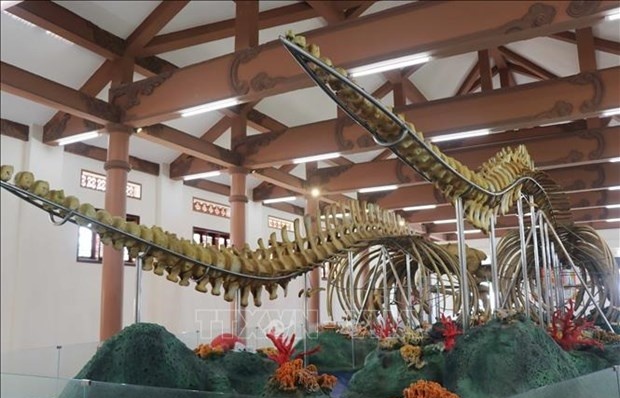
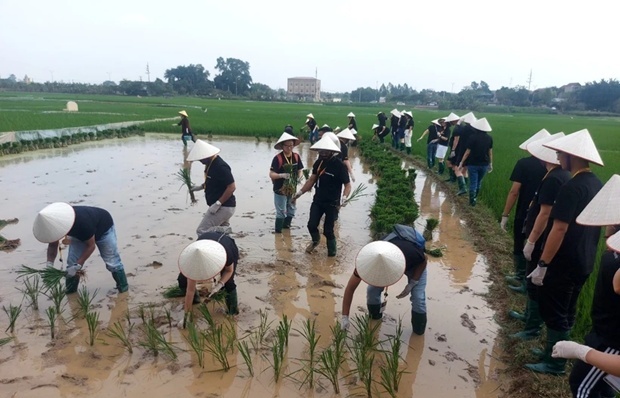
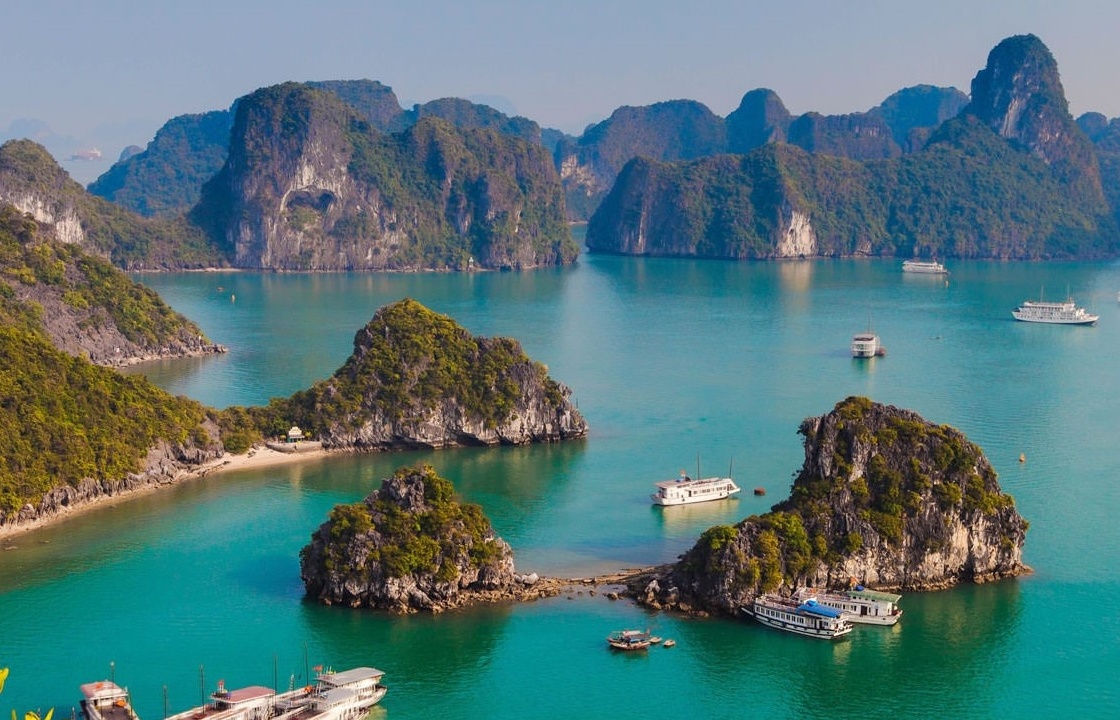
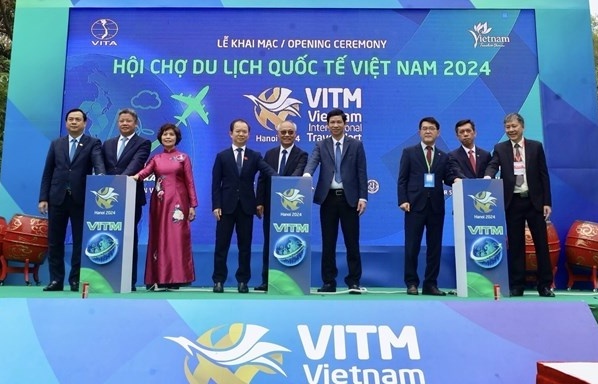
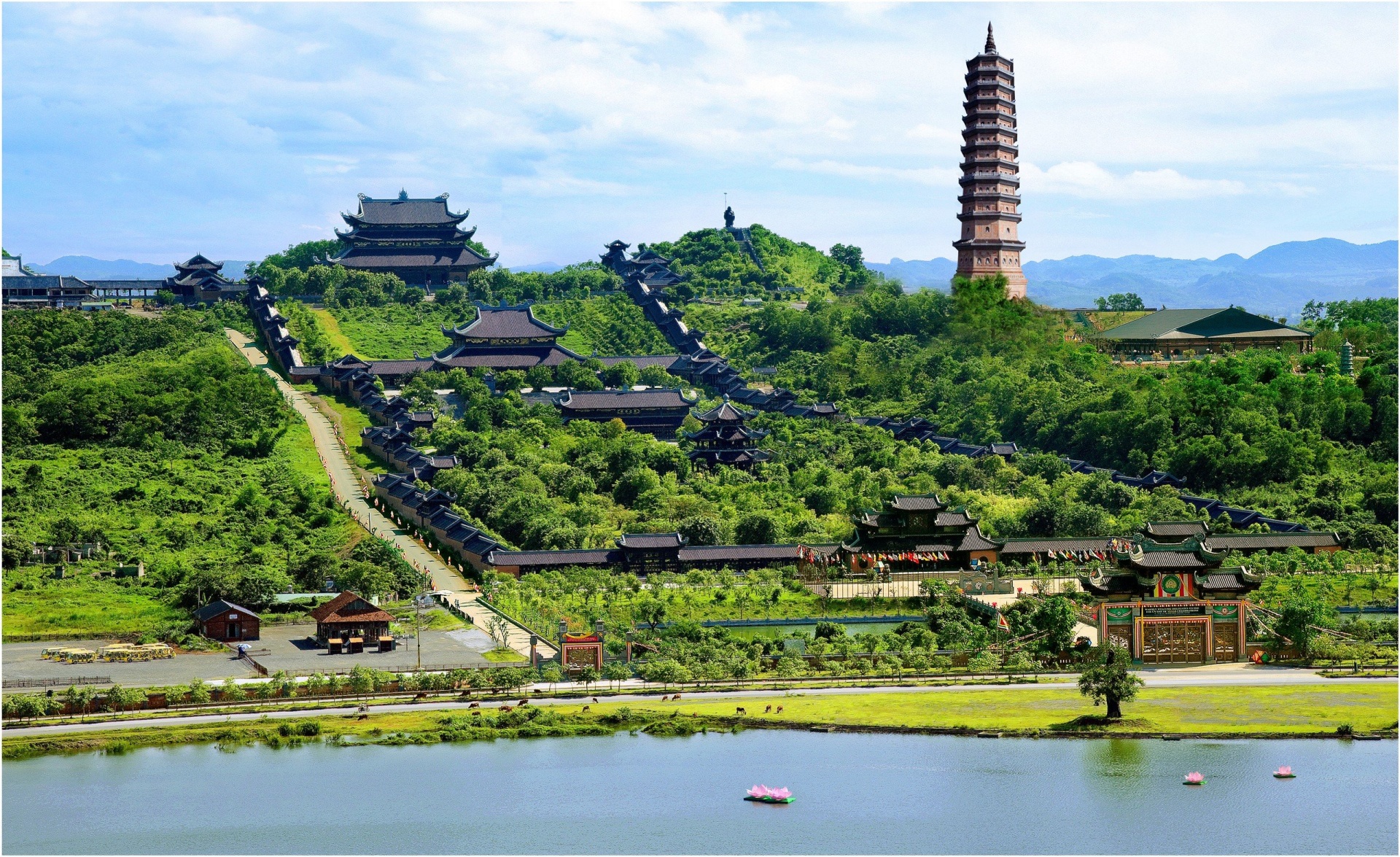
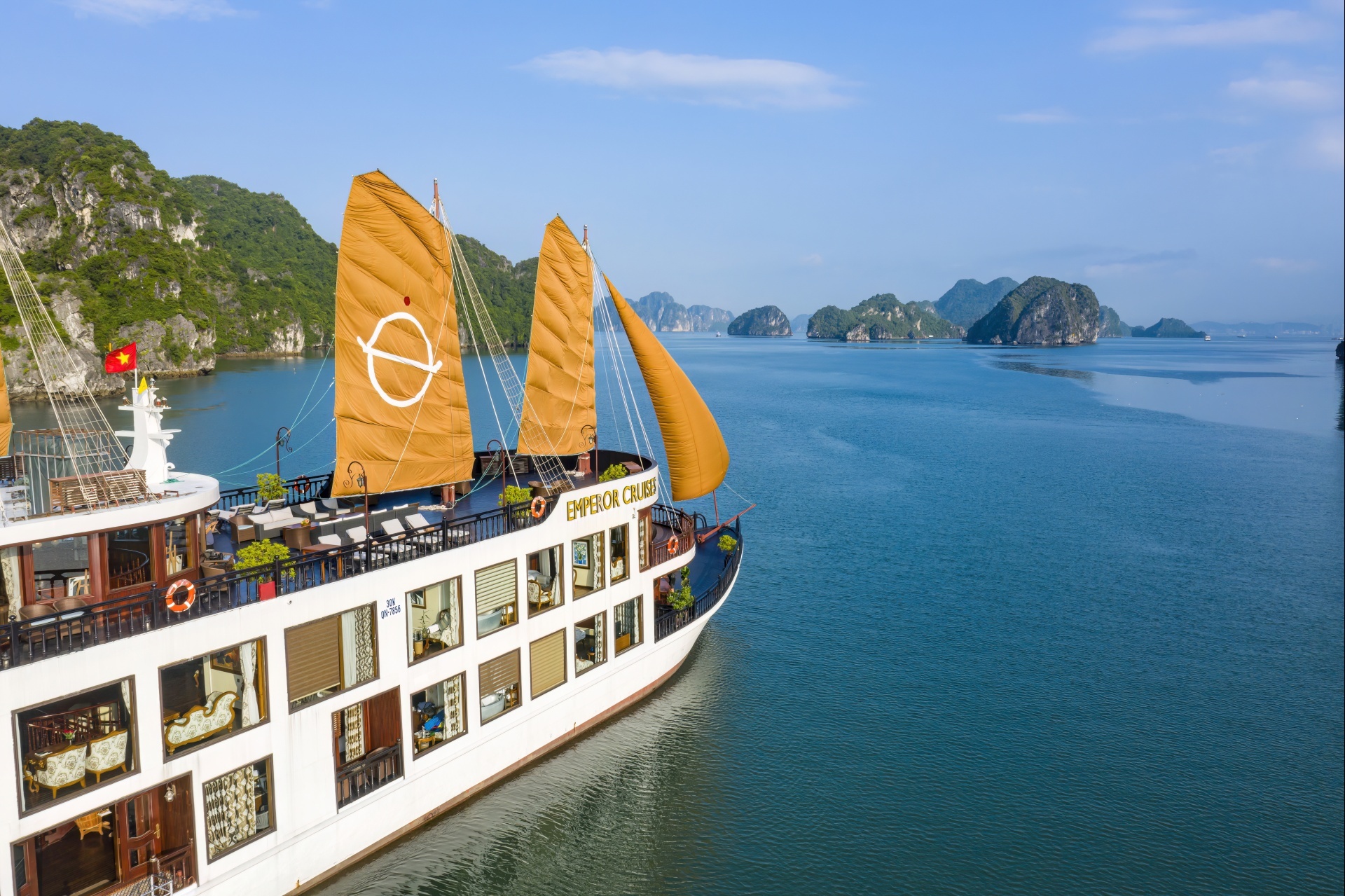


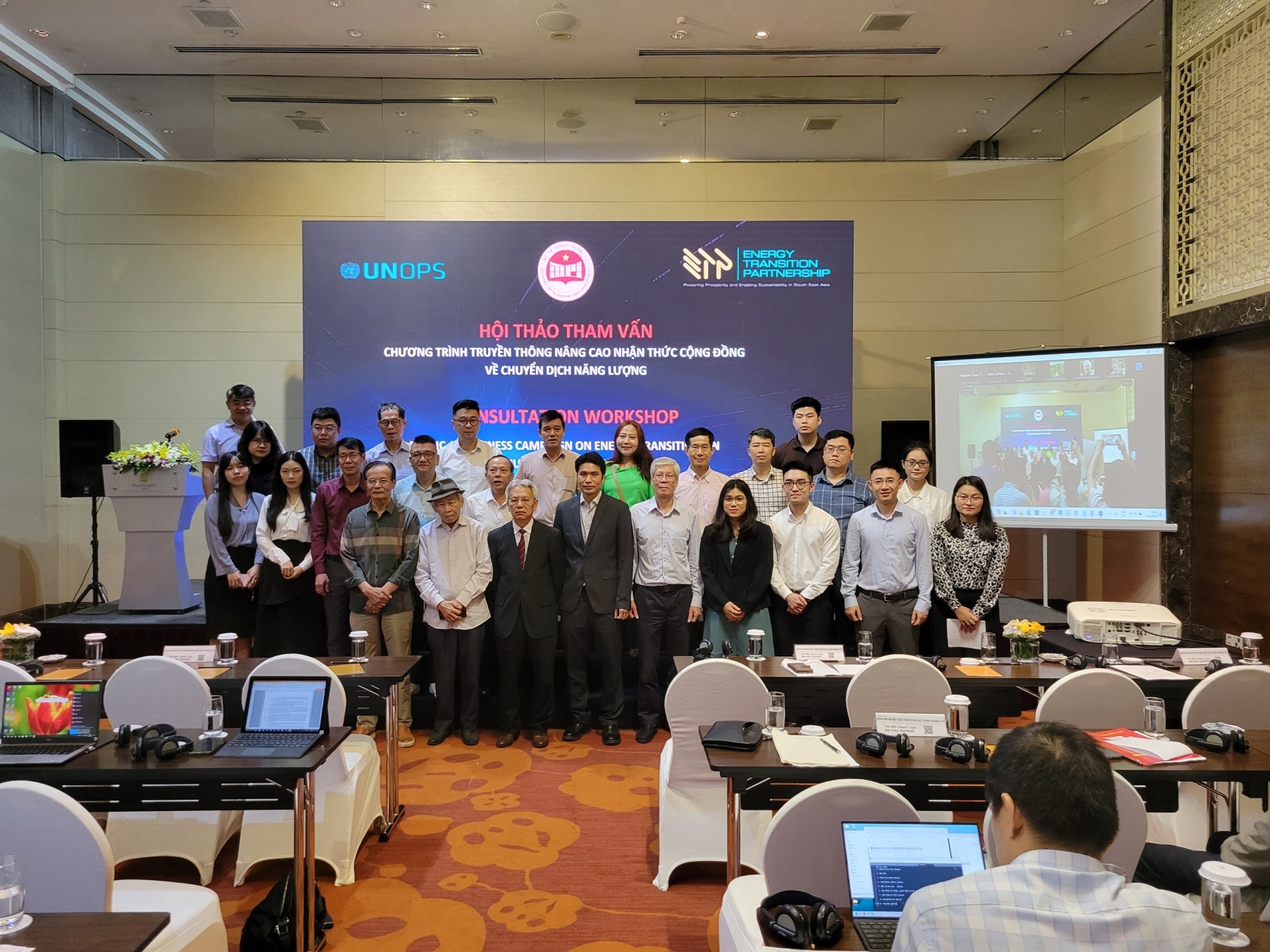
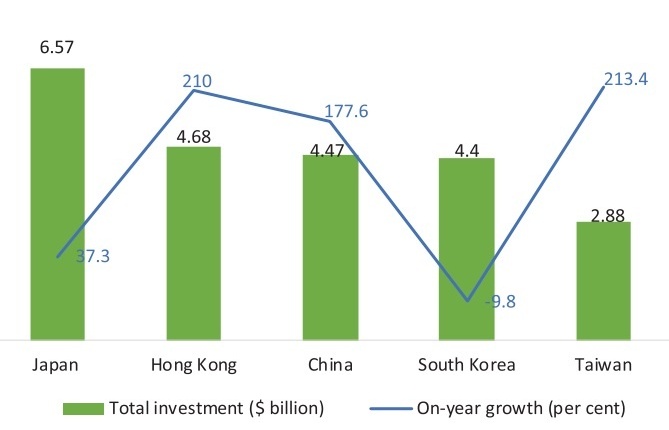





 Mobile Version
Mobile Version